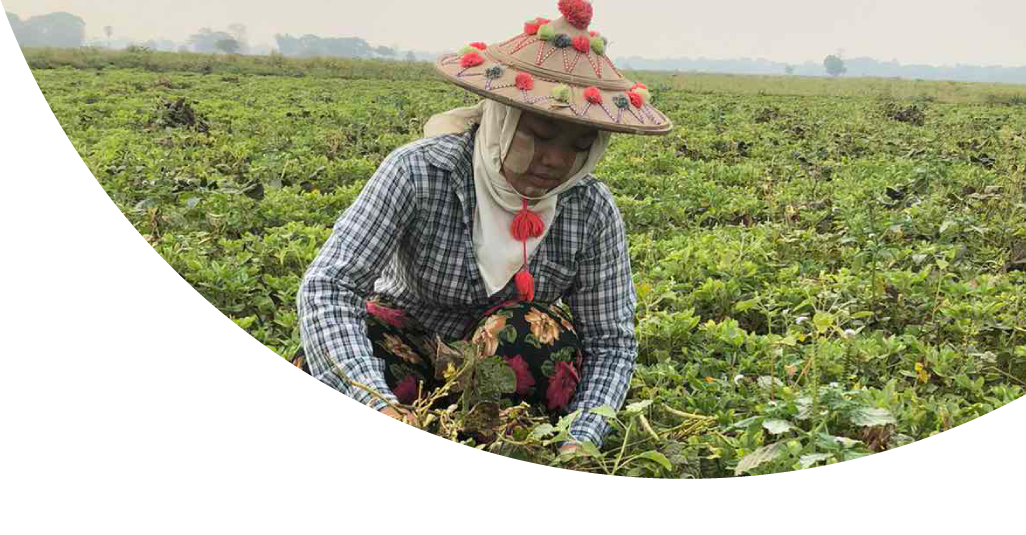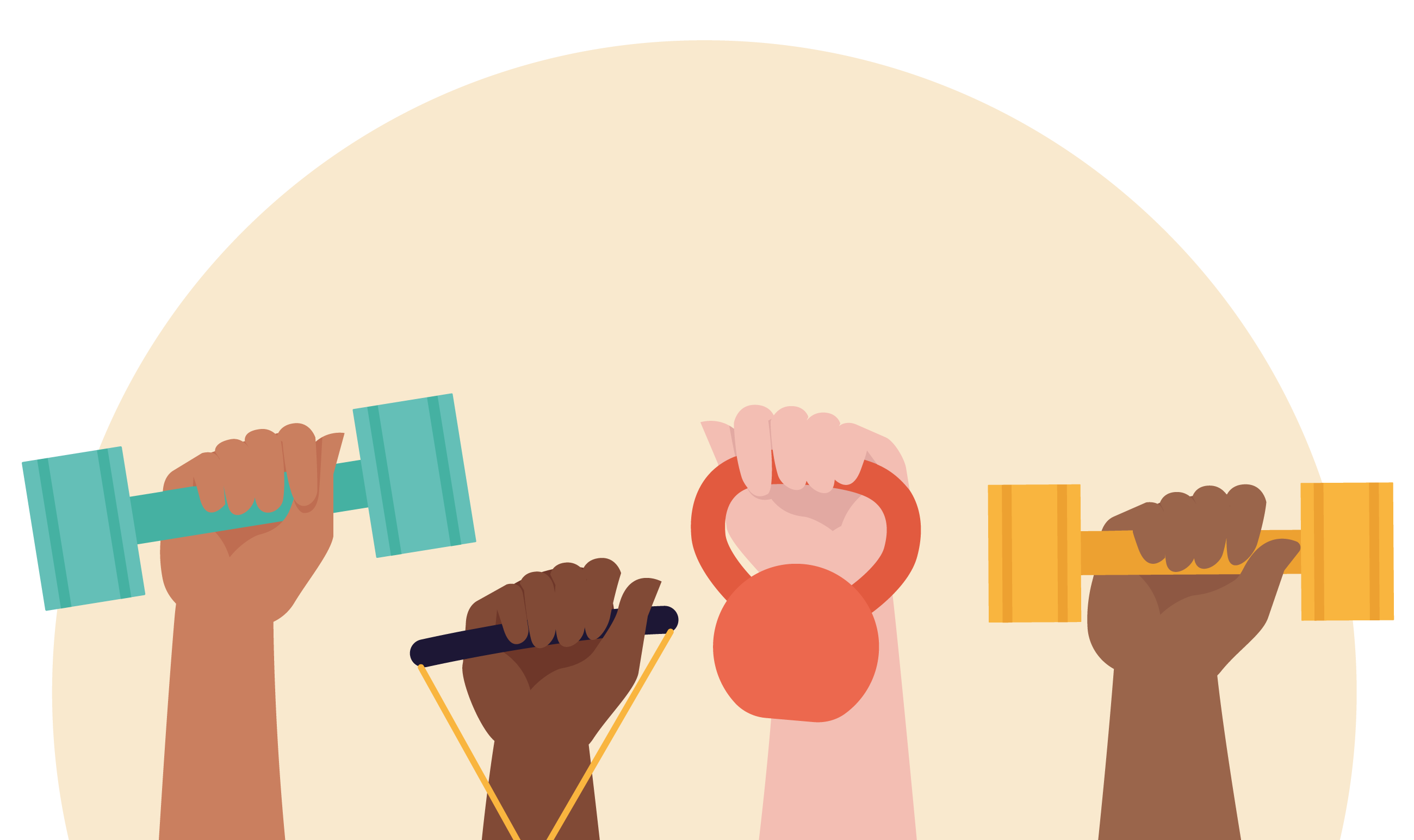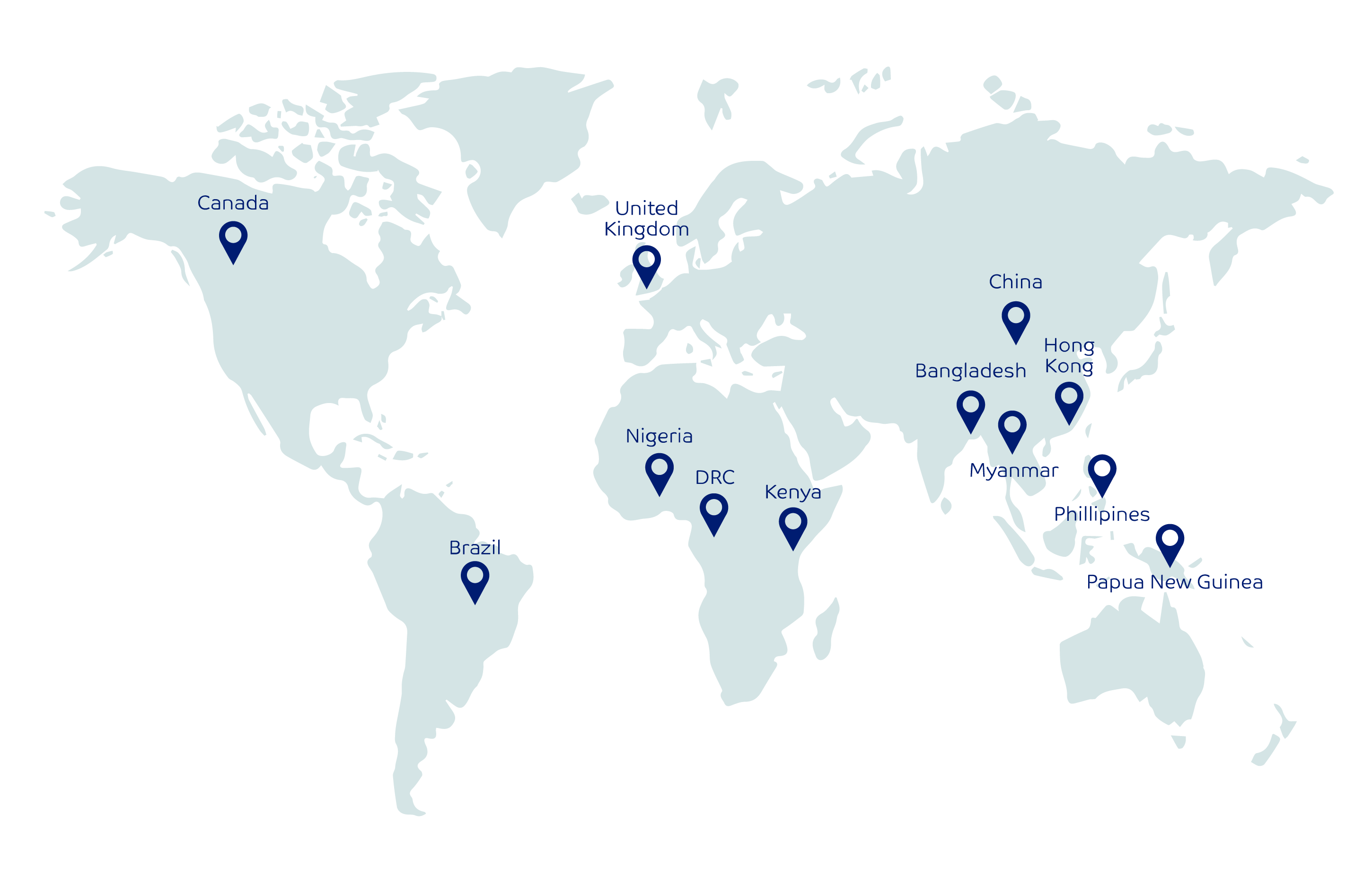Myanmar
The first Covid-19 infection was reported by the Government of Myanmar in March 2020. Between March and September 2020 cases steadily grew as the expansion of testing sites revealed the spread of the disease across the country. During March and April 2020, the government issued public health measures and responses including stay-at-home restrictions, cancellation of public events and gatherings, travel restrictions (domestic and international), and school closures. The financial impact of the public health response led to the provision of food relief packages to families without income and the release of income support, which covered less than 50% of lost salary for the April-May 2020 period. Mandatory face coverings outside the home were introduced in May 2020 (and has remained in place since). As infections rose in later part of 2020, the government introduced curfews and restrictions on mass gatherings between October and December 2020. Income support and food relief packages was again provided during the second stage of lockdown, but the majority of income support was provided to businesses, including agriculture, fisheries, livestock and food industries that had experienced effects of repeat closures. General elections were held on 8 November 2020 and the ruling political party won the majority of seats. On 1 February 2021 the Myanmar military staged a coup and since then the country has experienced ongoing political violence and unrest. The Covid-19 testing and medical response has all but collapsed since the 1 February coup. The vaccination program (which had begun in January 2021) has slowed down. Myanmar’s economy is predicted to collapse in 2021 due to the downturn in business, tourism and trade as a result of sanctions in response to the coup.
The coup has taken place in a context where the COVID-19 pandemic already had major impacts on Myanmar’s poorest and most vulnerable populations, impacting access to adequate supply of safe and nutritious food.
Women have been and remain particularly vulnerable to food insecurity during COVID-19. Women are overrepresented in the informal and subsistence economy in Myanmar. Women make up 90 per cent of those employed in the garment industry and 60 per cent of workers employed in the food and accommodation services in Myanmar, and these industries have been significantly impacted by the effects of the COVID-19 pandemic. The impacts on the garment industry were also likely to affect rural incomes, as many young women working in garment factories after from rural backgrounds and often send portions of their income back to their families.
The collaborative study (with partners in Ayeyarwady, Central Dry Zone, and Yangon) aims to develop an evidence-based approach that identifies the specific risk of economic hardship and food insecurity that women have experienced during the first year of the COVID-19 pandemic. The second stage will listen to women working in small-scale agricultural and food sectors to hear what they identify as necessary to secure food and income.
This pilot country study is being led by Griffith University, and funded by the Australian Centre for International Agriculture Research (ACIAR) and encompasses a mixed-method research design through surveys and ‘deep dive’ field work consultations. This research project will collaborate with the Gender and Covid-19 Working Group to produce analysis that compares the gendered impacts of the Covid-19 pandemic, develop reliable estimates of food insecurity and, identify necessary steps to develop gender responsive economic recovery packages.
Posts on Myanmar

Myanmar
The first Covid-19 infection was reported by the Government of Myanmar in March 2020. Between March and September 2020 cases steadily grew as the expansion of testing sites revealed the spread of the disease across the country. During March and April 2020, the government issued public health measures and responses including stay-at-home restrictions, cancellation of public events and gatherings, travel restrictions (domestic and international), and school closures. The financial impact of the public health response led to the provision of food relief packages to families without income and the release of income support, which covered less than 50% of lost salary for the April-May 2020 period. Mandatory face coverings outside the home were introduced in May 2020 (and has remained in place since). As infections rose in later part of 2020, the government introduced curfews and restrictions on mass gatherings between October and December 2020. Income support and food relief packages was again provided during the second stage of lockdown, but the majority of income support was provided to businesses, including agriculture, fisheries, livestock and food industries that had experienced effects of repeat closures. General elections were held on 8 November 2020 and the ruling political party won the majority of seats. On 1 February 2021 the Myanmar military staged a coup and since then the country has experienced ongoing political violence and unrest. The Covid-19 testing and medical response has all but collapsed since the 1 February coup. The vaccination program (which had begun in January 2021) has slowed down. Myanmar’s economy is predicted to collapse in 2021 due to the downturn in business, tourism and trade as a result of sanctions in response to the coup.
The coup has taken place in a context where the COVID-19 pandemic already had major impacts on Myanmar’s poorest and most vulnerable populations, impacting access to adequate supply of safe and nutritious food.
Women have been and remain particularly vulnerable to food insecurity during COVID-19. Women are overrepresented in the informal and subsistence economy in Myanmar. Women make up 90 per cent of those employed in the garment industry and 60 per cent of workers employed in the food and accommodation services in Myanmar, and these industries have been significantly impacted by the effects of the COVID-19 pandemic. The impacts on the garment industry were also likely to affect rural incomes, as many young women working in garment factories after from rural backgrounds and often send portions of their income back to their families.
The collaborative study (with partners in Ayeyarwady, Central Dry Zone, and Yangon) aims to develop an evidence-based approach that identifies the specific risk of economic hardship and food insecurity that women have experienced during the first year of the COVID-19 pandemic. The second stage will listen to women working in small-scale agricultural and food sectors to hear what they identify as necessary to secure food and income.
This pilot country study is being led by Griffith University, and funded by the Australian Centre for International Agriculture Research (ACIAR) and encompasses a mixed-method research design through surveys and ‘deep dive’ field work consultations. This research project will collaborate with the Gender and Covid-19 Working Group to produce analysis that compares the gendered impacts of the Covid-19 pandemic, develop reliable estimates of food insecurity and, identify necessary steps to develop gender responsive economic recovery packages.
Gender Working Group
We meet online on the third Wednesday of every month to discuss key issues, activities, opportunities, and ideas for collaboration. We have a long and growing list of resources on gender and COVID-19.

Gender Working Group
We meet online on the third Wednesday of every month to discuss key issues, activities, opportunities, and ideas for collaboration. We have a long and growing list of resources on gender and COVID-19.







